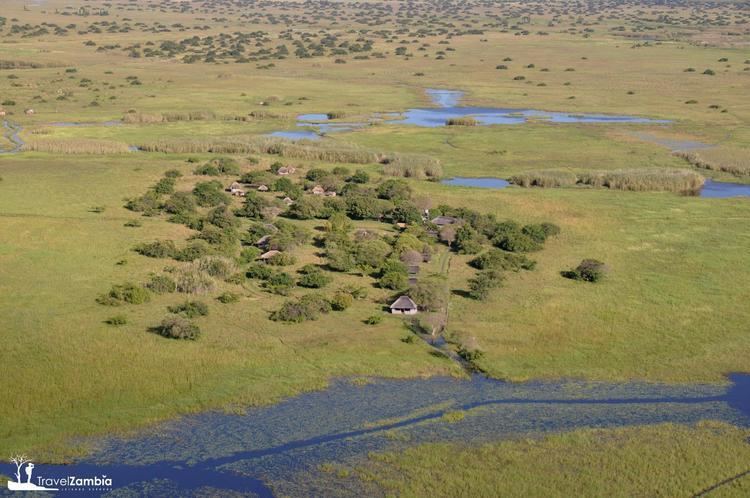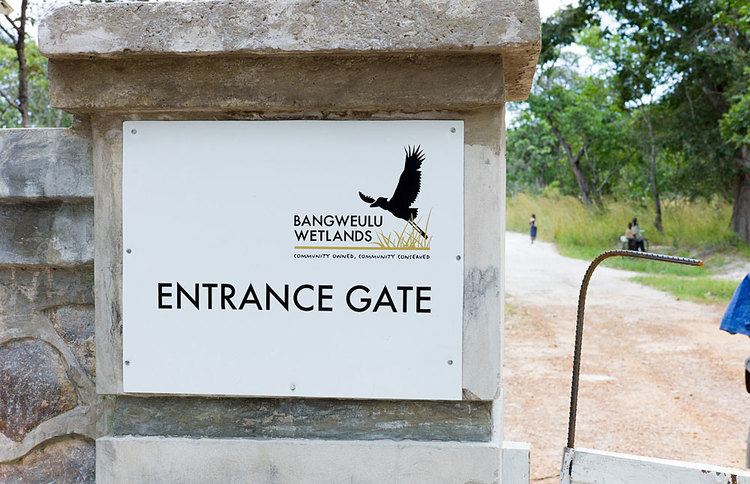 | ||
Bangweulu wetlands ecosystem top 7 facts
The Bangweulu Wetlands ecosystem covers a large area exhibiting great biodiversity which is under environmental stress and in need of conservation. It comprises the Bangweulu Swamps and associated grassy floodplain in northern Zambia, surrounding most of Lake Bangweulu except to the west.
Contents
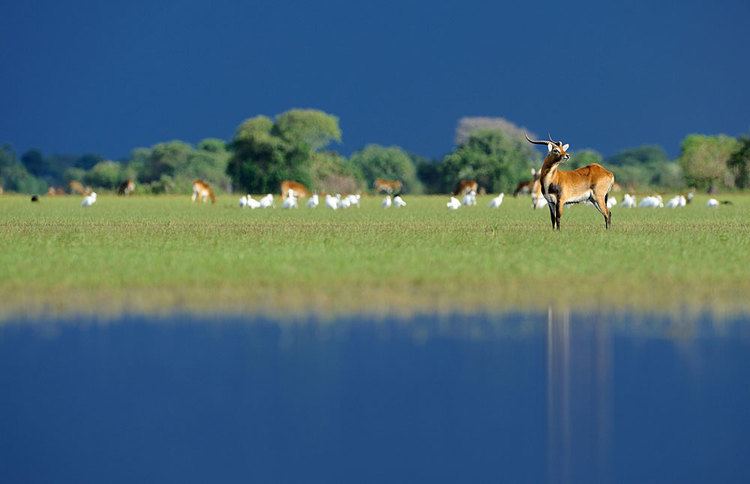
Wetland
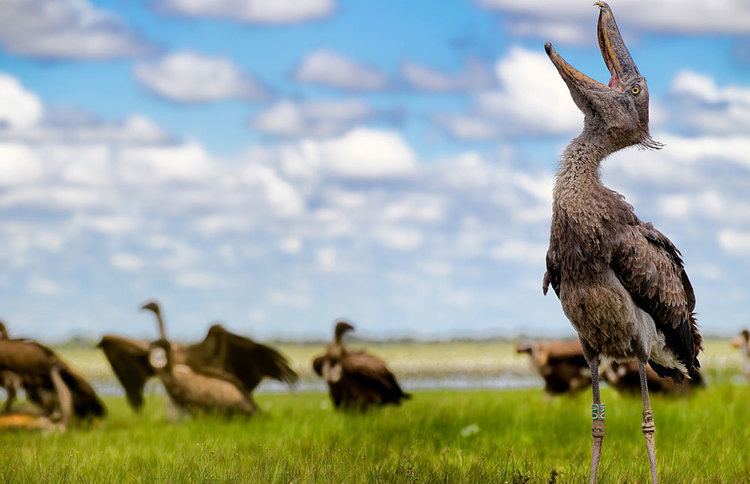
The wetlands are known for wildlife including the near-endemic black lechwe, tsessebe, reedbuck, oribi, sitatunga, elephant, African buffalo, crocodile, hippopotamus, and many kinds of birds such as pelican, spoonbill, flamingo, shoebill, wattled crane, saddle-billed stork, spur-winged goose, sacred ibis, glossy ibis, black-crowned night heron, white-fronted bee-eater, swamp flycatcher, rosy-throated longclaw, Fuelleborn's longclaw, Denham’s bustard and numerous waterfowl and many other birds.
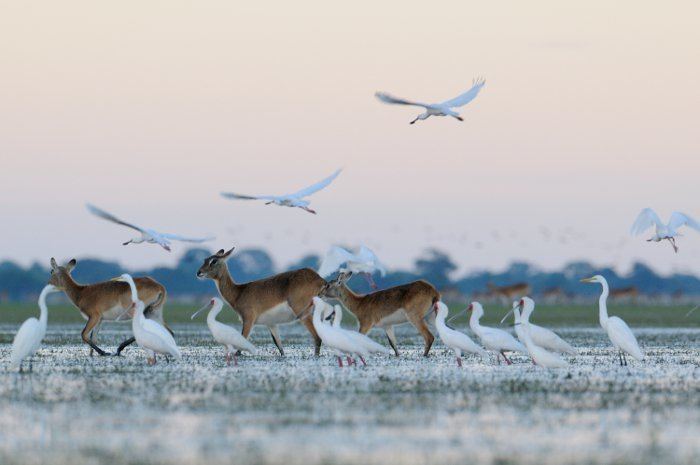
They are one of the few breeding grounds of the shoebill, a large stork-related bird classified as an endangered species which is vulnerable because it nests on the ground and only has two offspring per year.
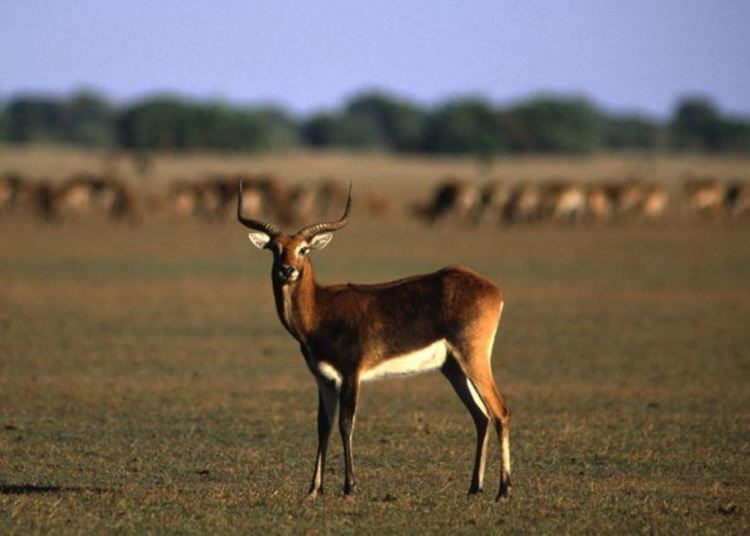
The environmental stress is caused by human settlement and hunting (especially of the black lechwe), fishing, and cattle-grazing. Some of the chiefs of the area have attempted to regulate fishing and hunting, but many in the Bangweulu basin are affected by poverty and do not have viable alternatives to support themselves. Some former miners thrown out of work by the restructuring of the Copperbelt mines relocated to the area in the hope of supporting their families by exploiting the area's resources.
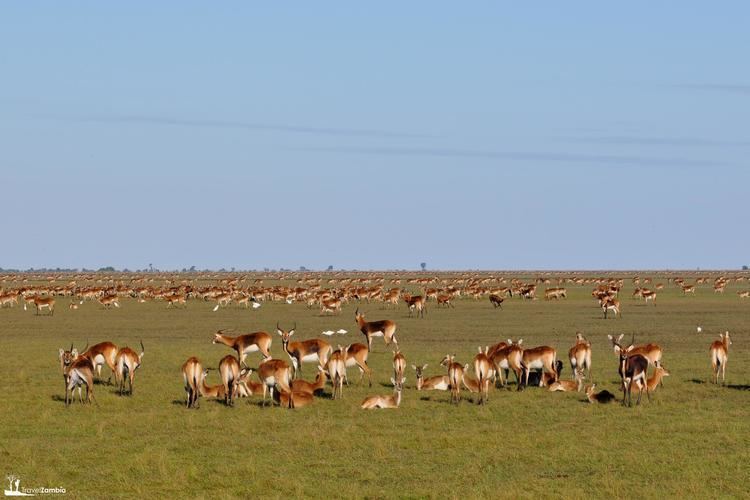
The wetlands today do not include a viable wildlife reserve. The Isangano National Park in the north-east is defunct, having no management or protection. The Kasanka National Park about 50 km south of the wetland has a site called Shoebill Island Camp within the wetland and thus has a role in monitoring and protecting it, and in 2007 was the closest protected area.
